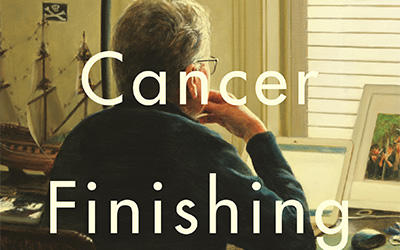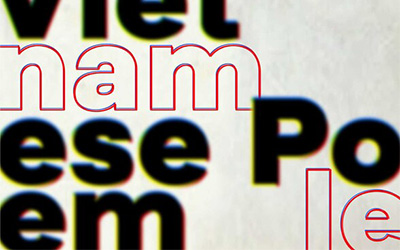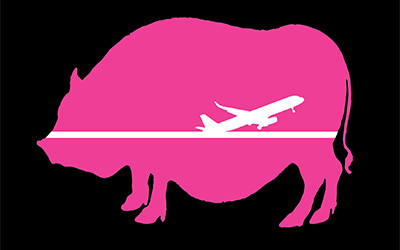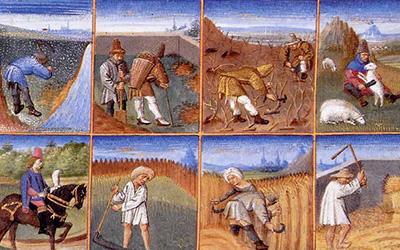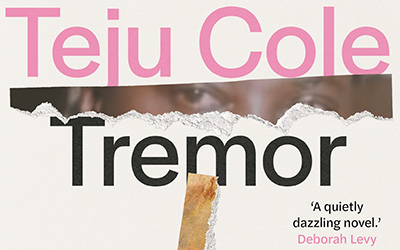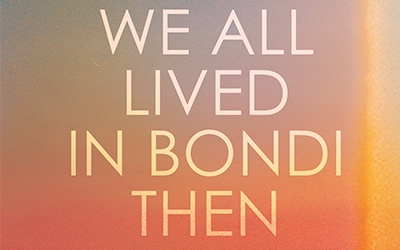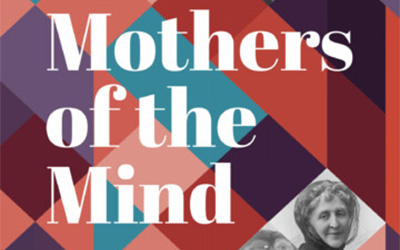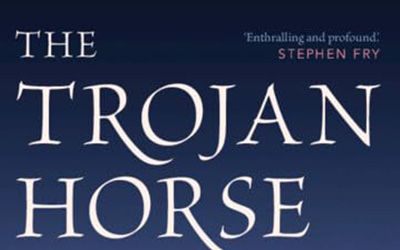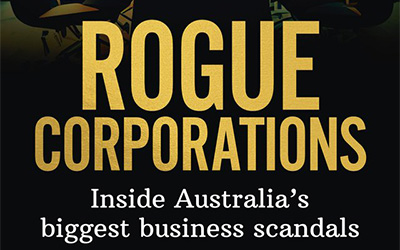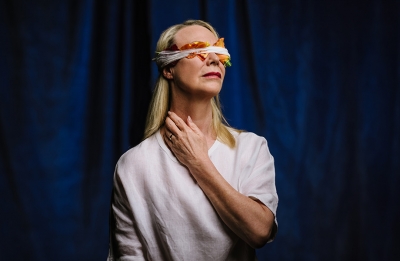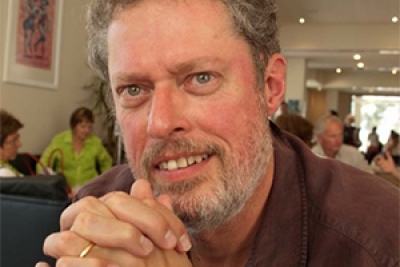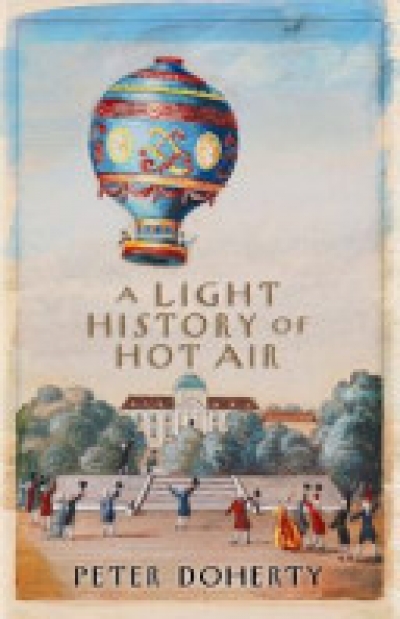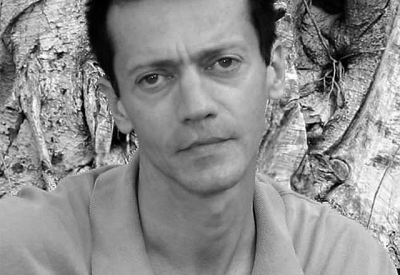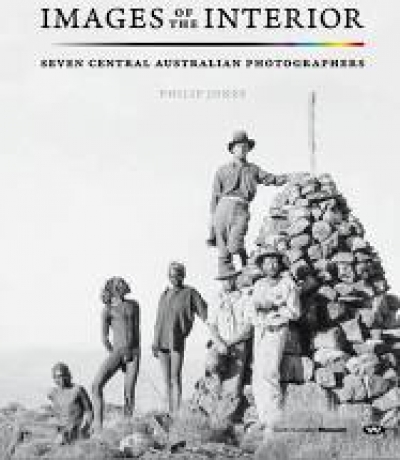December 2007–January 2008, no. 297
Peter Doherty, an Australian biomedical researcher, won the Nobel Prize for Physiology or Medicine in 1996 and accordingly has substantial credibility among members of the international scientific community. This book, however, has been carefully crafted for a more general audience, and might well be enjoyed while sitting (hatted and sunscreened) on a beach. The blurb suggests that the contents provide an entertaining, albeit informative, account of the ways in which natural resources such as air, water and hydrocarbons have been harnessed by human ingenuity. But Doherty has a more serious intent, which he deliberately takes time to unfold. The subtext to his light-hearted explanations of how candles, light bulbs and refrigerators work, and how we use a variety of fuels to heat, cool and light our lives, is that this planet is running out of non-renewable energy sources. He suggests that we need to use brainpower and research to find alternatives sooner, not later, if we are to ensure the survival of our children.





